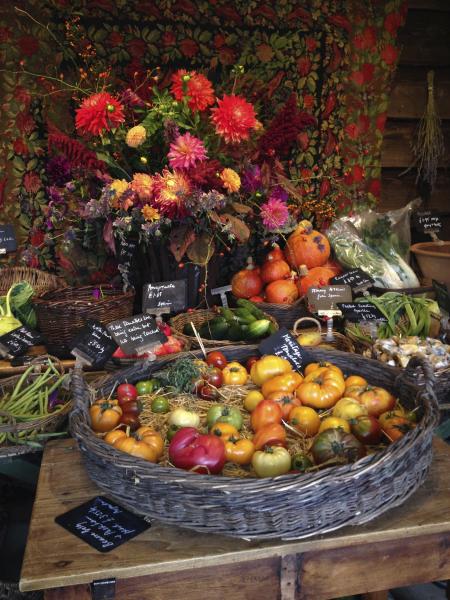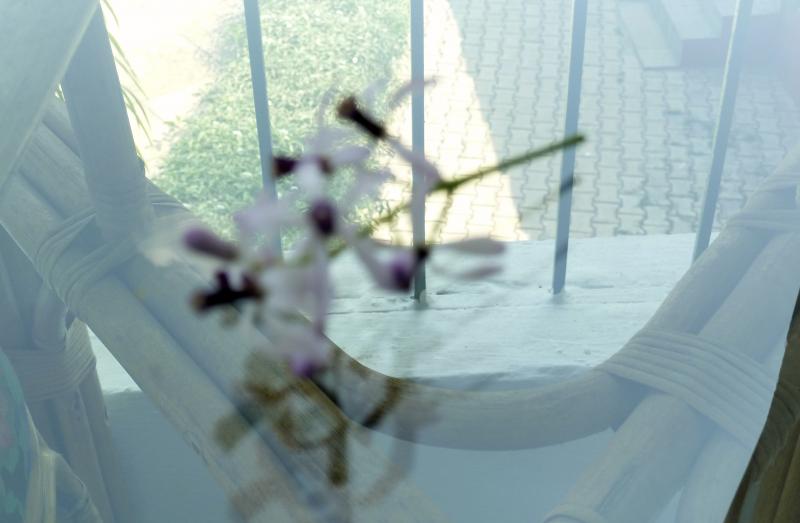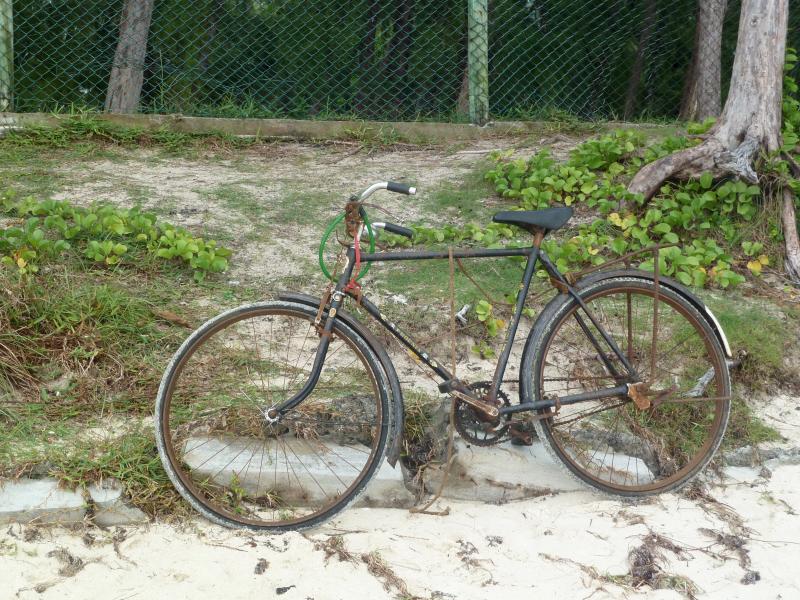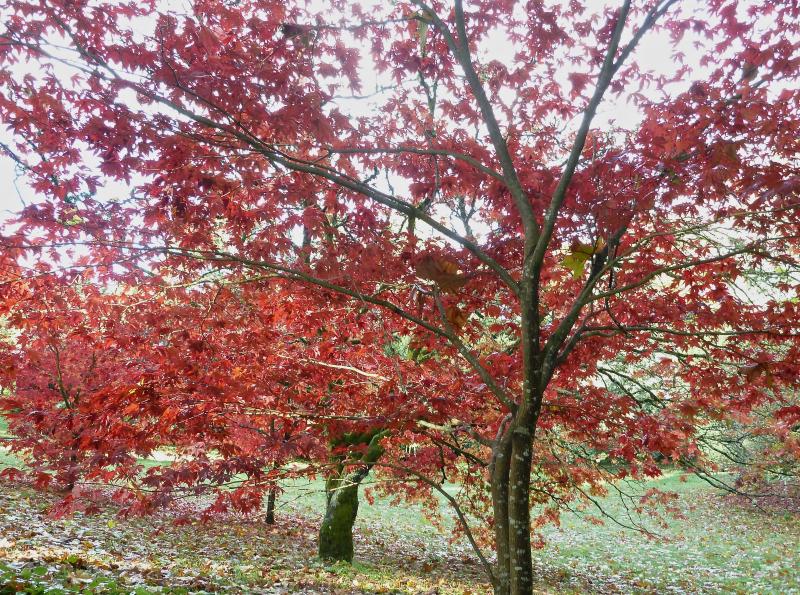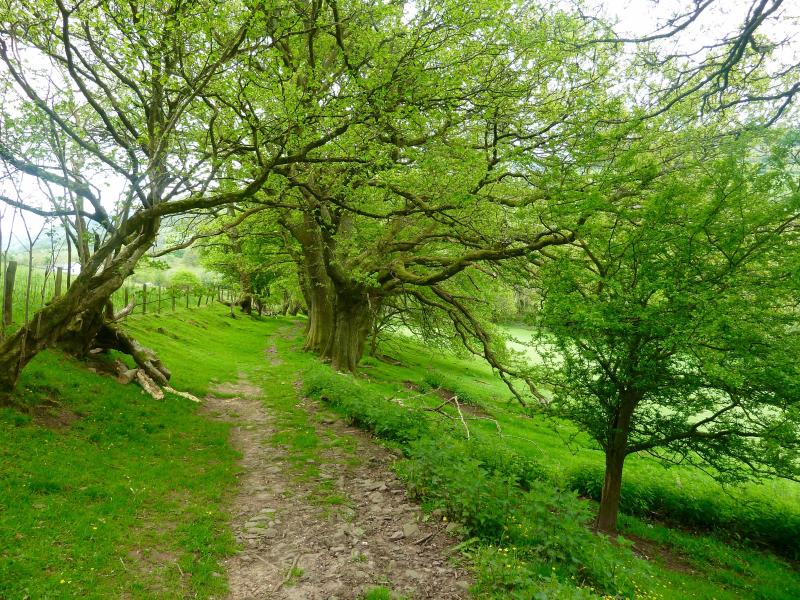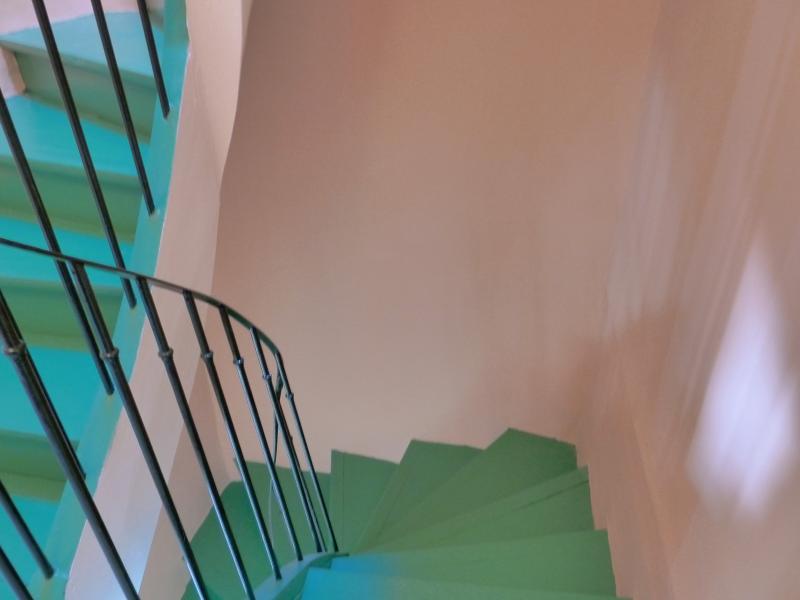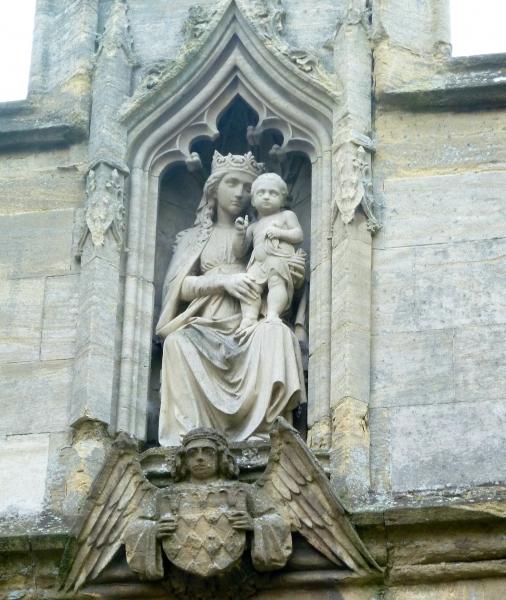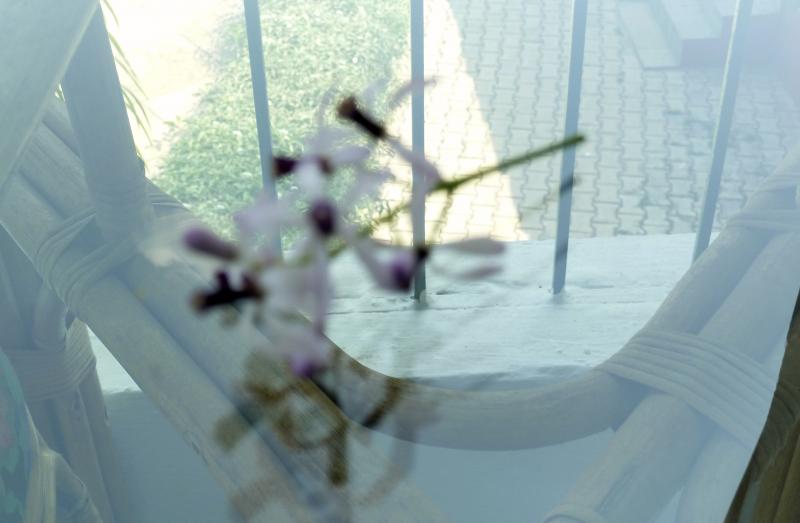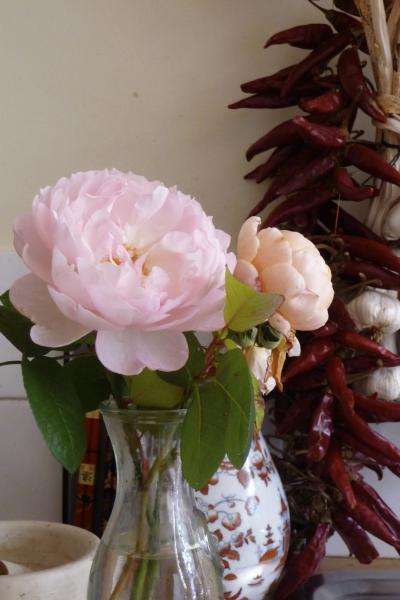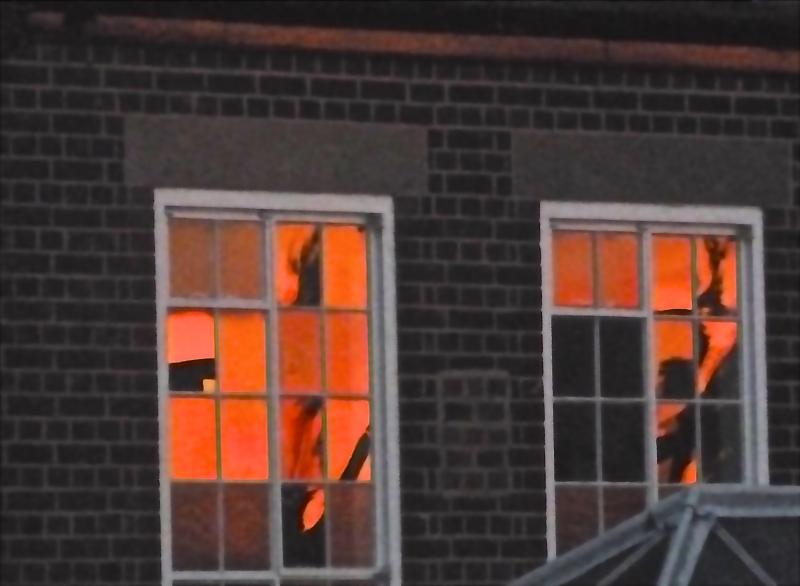Having made Oxford my home for forty plus years, I imagined there was little I didn’t know about the housing market. Like many, I study the property pages of the Oxford Times, fancy living in mansions or country cottages and for different reasons have moved through the points of the compass, North, South and West but never East. Headington, which is closest by road to London and sits on a flood-free hill has never figured: the climb is too steep for a daily bike journey, so I have stuck to the plains. But recently I was frustrated from completing the circle and waking up en face the rising sun in East Oxford. This trendy area- last on my list of possible locations- seemed shabby, overcrowded and uninteresting. But oh, some would say, the ethnicity, the little shops, the with-it lefties! Thank you, but if I longed for ethnicity and idle males sitting over cups of coffee I wouldn’t have left Delhi.
The flat in Upper Fisher Row, for all its picturesque qualities, is small; so when I spotted the ideal house (in East Oxford) after a 5 year long search, I put my prejudices aside and made an offer for the asking price of £425,000, an unthinkable figure even a couple of years ago. The house was in one of the wider streets, next to the swimming pool, close to Magdalen Bridge and what was called “dotey”. It had a green picket fence, a frontage, two bedrooms, south facing garden and it needed no work doing to it. Two days later the owner accepted a cash offer of £450,000 and that was made me realize that I was out of the loop for the first time ever.
In 1973 my ex-husband, who worked at the University Press, decided North Oxford was the place to live. We bought 2 Frenchay Road for the then enormous sum of £25,000 from Miss Arkell, who ran a genteel boarding house for students. She was taken in by his story of bringing over his elderly parent from Belfast to live with us. Among the sealed bid offers, ours was distinguished by the story of the lonely mother and so we became the owners and took out a mortgage (it was the sensible thing to do).

2 Frenchay Road- our first home
A thorny pyracantha grew up the South facing wall and its four bedrooms were furnished with threadbare carpets and scuffed furniture. While we were in Nigeria, it was rented out to students, among them Libby Purves the broadcaster. She threatened to take us to court for some breach of landlord etiquette. On our return from Nigeria we engaged a team of builders and a young architect who’d been part of the brand new Wolfson College project (I think his name was Loveaday or Lovejoy which caused us great mirth and his favourite phrase was, “Just live with it, Nanu, live with it” , meaning get used to my brilliant concept before trashing it.) The builders stripped out the interior, took down walls and I painted a wide yellow stripe going across the bathroom ceiling, like a burst of afternoon sunshine. On the North side the blinds were grass green, on the South side they were pale yellow. The stair carpet was the colour of new apple leaves and made of goathair. I spent sleepless nights thinking I’d made a huge mistake. We were just embarking on the age of minimalism and visitors would say kindly, “Never mind, you’ll be able to furnish it properly in due course.”
What a house it was. Tigger, our beloved near-human tabby sloped in and out of the house. The old back-return kitchen became a small flat for post grads. From my daughter’s bedroom you looked out on the green of the cricket grounds of St John’s. If you opened the kitchen sash from opposite drifted the tinkle of Mozart . The formidable bicycle riding lady who lived in No.3 had been John Masefield’s secretary. Her lodger, whom she referred to as Miss Thingummy, had been a piano teacher. Next door to them was another old lady with teeth like yellowed ivory who’d lived in Benares for years. She said she’d been a mistress of Clemenceau and she followed an eccentric Bengali theosophist who gathered many elderly wealthy ladies to his circle. Round the corner lived a distinguished don who was known to run down the road stark naked when enraged. Round the other corner was an eccentric vicar and his glamorous wife. She entertained High Churchmen lavishly and after a boozy evening invited gentlemen guests to scratch her bare back in front of the open fire.
Iris Murdoch lived a few hundred yards away, Ian McEwan too. North Oxford was full of characters out of Barbara Pym and Betjemen’s lines rang true.
At the time of evening when when cars run sweetly
And syringas blossom by Oxford gates
In her evening velvet with a rose pinned sweetly
By the distant bus-stop a don’s wife waits.

Except now the dons are nearly all gone and the corporate lawyers and hedge fund manager’s wives zoom down Woodstock and Banbury Roads in tank-like 4x4s, cursing the 30 mph speed limit. They toss their golden locks and chivvy their little Dragons into houses now costing millions and boasting indoor swimming pools and cinema rooms. With 2 Frenchay Road now worth around 2 million pounds, who wouldn’t want to pocket Chinese or Russian money and retire to Tuscany? As a Times columnist remarked of property in London that now the Bohemians had gone, it was time to get worried. And indeed, what is Oxford without its bicycle clipped dons and their wives who brought out their faded Laura Ashleys for College garden parties? Frenchay Road petered into Aristotle Lane, which ran by Dolly’s Hut, the pub that now boasts a gastro menu but whose former uncalculated shabbiness could be a template for the ultimate in chic. Willow lined Aristotle Lane led to the vast expanse of Port Meadow (see my blog of 27/6/2013) with Gerard Manley Hopkins’ Binsey poplars visible on the horizon.
Twelve years after we moved in, it came on the market for £125,000.

With my divorce handout I found a small cottage built for artisans by a Victorian architect called Clapton Crabbe Rolf. It cost me £44,000 and I spent £20,000 doing it up. In front I planted a box knot garden and a thornless rose, Zephrine Drouhin, to climb round the eaves. It is still there but the knot garden was dug up and two huge bins now grace the front garden. An acquaintance named Bysshe made internal wooden shutters, which kept out draughts from the leaded windows and the floor was painted ox-blood. Kingston Road now counts as “Central North Oxford”, whereas in fact it is Jericho, the louche bit of Oxford where Jude the Obscure found lodgings. In the eighties I lived next to a lovely man who’d hauled coal all his life and the houses opposite were occupied by retired college servants interspersed with painters and writers . My neighbour on the other side was one of the most eccentric and notable of Oxford’s clever men. His curtains hung in shreds, he sported tomato soup on his shirt front but he knew about 48 languages. The boundary wall between our back gardens had long gone, so I dug his plot as well as my own and took round small offerings of tomatoes and lettuces. One friend- a great bear of a man, Tigger Walcot- made the best granary bread cheese and tomato sandwiches and we often sat and shared lunch in his garden. Fifteen years later I sold 116 for £250,000, never dreaming that ten years on it would be priced at three times that sum.
Next came Monmouth Road in South Oxford and the flat in Upper Fisher Row. I must have viewed a hundred houses before I decided on the small twenties semi-detached, built for the floodplain by a local builder, Kingerlee and Co. When the waters rose you could see them lapping under the floorboards of the under-stairs cupboard. Kingerlee had dug pits under his houses and fitted them with charming ceramic tiled fireplaces and solid doors. The windows were new-ish, but both places were affordable at £144,000 and £90,000 before renovation costs.

The twenties Kingerlee house with pretty fireplaces
After two forays to France I have come back to the flat and decided that the property scene is best left to speculators and two income families. The only way for me is to build up into the attic and I wait for builders’ quotes with some trepidation.













